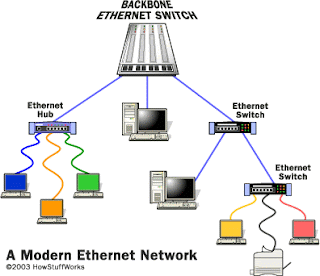The copper infrastructure not needs to be changed while upgrading the technology. However, there are alternatives to fiber being developed for commercial use within the next year or so. Most of the world’s existing wire-line access infrastructure is still copper-based. By exploiting that copper infrastructure, network operators might soon turn to these developing technologies to provide residential customers with the bandwidth they need. The alternative, fiber optic, is only available to about 20 percent of U.S. businesses, according to Carl Grivner, president of XO Communication, while the existing copper infrastructure is available nationwide.
- “Advances in copper technology deliver speeds many times faster and at lower cost than ever envisioned during the early 2000s when fiber was considered the only mechanism for broadband access,” said Grivner in a letter published Monday in The Hill, a political newspaper.
- “Companies like mine deploy Ethernet over Copper, delivering speeds up to 45 Mbps where we have access to this vital–and existing–infrastructure.



